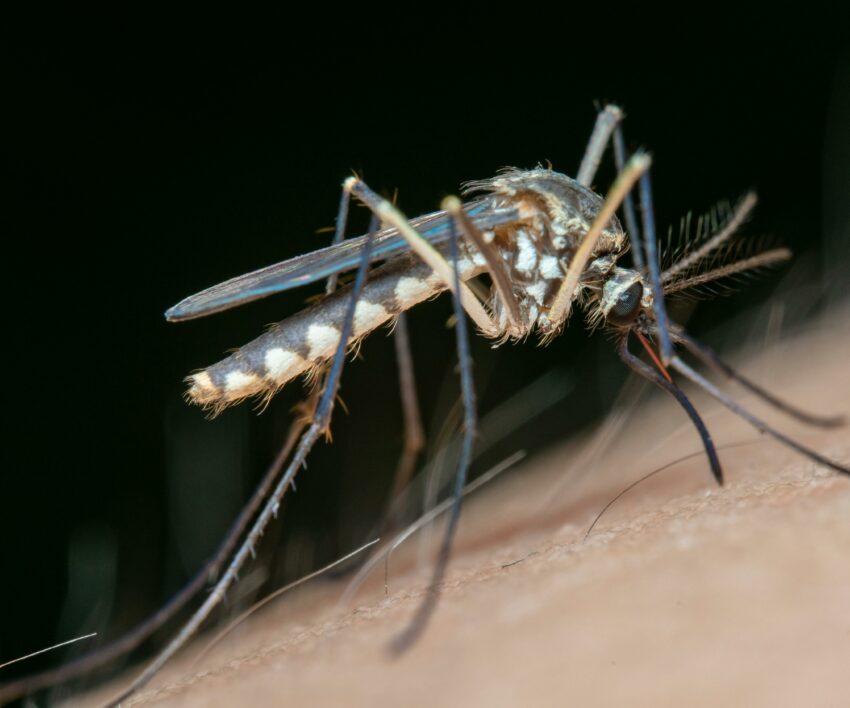
If you’ve ever tried explaining malaria to a six-year-old, you’ll know it’s not quite as fun as chatting about dinosaurs or bedtime stories. However, this World Malaria Day, there’s never been a better time to turn a tough topic into something empowering—and even a little bit fun—for children to understand.
Start with the basics: mosquitoes carry germs that can make us very sick. Using analogies, they already get—like superheroes fighting germs—you can turn mosquito nets into invisible shields and repellent sprays into magical potions. The World Health Organisation notes that malaria still claims hundreds of thousands of lives every year, mostly in sub-Saharan Africa, but education remains one of the strongest weapons in the fight.
The Children for Health publication suggests that you create malaria messages in your language, remember them, share them with the kids, and create posters to educate them about the spread of malaria. It is further mentioned that you should share stories about mosquito life cycles, insecticide-treated bed nets, and preventing mosquito bites.
Create dramas to teach children to recognise malaria signs, anaemia, iron-rich food, and help younger children stay under nets during mosquito bites, according to the above source.
To prevent mosquitoes, teach children to close windows and doors at night, use mosquito nets for outdoor activities, and have a fan nearby, states the Orphan Life Foundation. The publication further adds that you educate children about keeping a clean, dry space, as mosquitoes thrive in stagnant water, and clear out containers.
“Making sure children have clean clothes to wear is critical to preventing mosquito bites and malaria. Go the extra length and find clothes with full sleeves or have the sleeves tailored on,” notes the above foundation.
Also see: Protecting yourself from chancroid, a sexually transmitted infection




